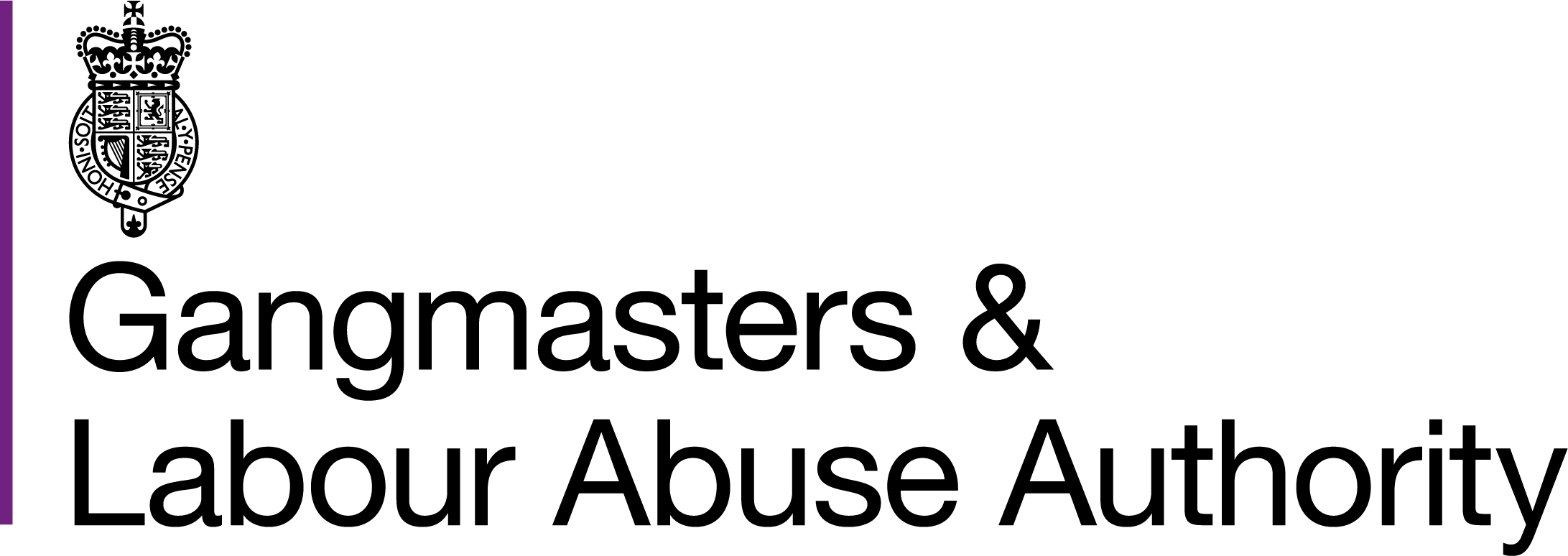Human trafficking, forced labour and debt bondage
Human trafficking is the movement of a person from one place to another, within a country or across borders, into conditions of exploitation against their will.
It consists of three basic parts:
An action - the recruitment, transportation, transfer, harbouring or receipt of a person
A means - the threat or use of force or other form of coercion, abduction, fraud, deception, abuse of power, a position of vulnerability, the giving or receiving of payments or benefits to control a person for the purpose of exploitation
Exploitation – which can include slavery, forced labour or services, servitude, forced criminality, sexual exploitation or the removal of organs
Once initial control is secured victims are usually moved to a place where there is a market for their services. This is often a location where they lack the language skills or other basic knowledge which would allow them to seek help. There may be one person trafficking the victims or a number of different individuals. Victims may also be passed or sold to different traffickers.
Forced labour
The International Labour Organization defines forced labour as:
“All work or service that is exacted from any person under the menace of any penalty and for which the said person has not offered himself voluntarily."
It is a hidden but significant problem in the UK. Victims may be UK citizens, EU migrant workers who are entitled to work in the country or people who have been trafficked for the purpose of labour exploitation. The forced labour offences in the UK (The Coroners and Justice Act 2009 and Criminal Justice and Licensing (Scotland) Act 2010) apply regardless of the immigration status of the victim.
People who are subject to forced labour are typically made to work in sectors such as:
- agriculture *
- food processing and packaging *
- construction
- entertainment
- the service industry and
- manufacturing (in sweatshops)
* GLAA sectors.
Debt bondage
Victims of forced labour may also be victims of debt bondage, where they are tricked into working for little or no money to repay a debt.
An employer or controller will use different tactics to trap the victim in an endless cycle of debt which can never be repaid and may even be passed on to their families. Poverty, threats, violence, surveillance and imprisonment are used to make sure they cannot leave or get help. Debt bondage can also be a significant factor in human trafficking. Victims may be offered a job abroad with “free” transportation, or they may borrow money from the employer / controller for the travel and a job finding fee. Once they have arrived they then find the job either does not exist or is not what was originally offered, and are trapped trying to pay off the debt.
Find out more...
Spot the signs: Indicators that someone may be a victim of human trafficking, forced labour or debt bondage
Who can help: Organisations to contact for advice or in an emergency
Labour exploitation – reports and resources: Publications and documents from other organisations
Modern Slavery Act 2015: Legislation to tackle trafficking and slavery in the UK
Modernslavery.co.uk: Information and documents from the Home Office related to the government’s work to end modern slavery
Modern slavery strategy: Sets out the joint government, agencies and partners approach to fight modern slavery
